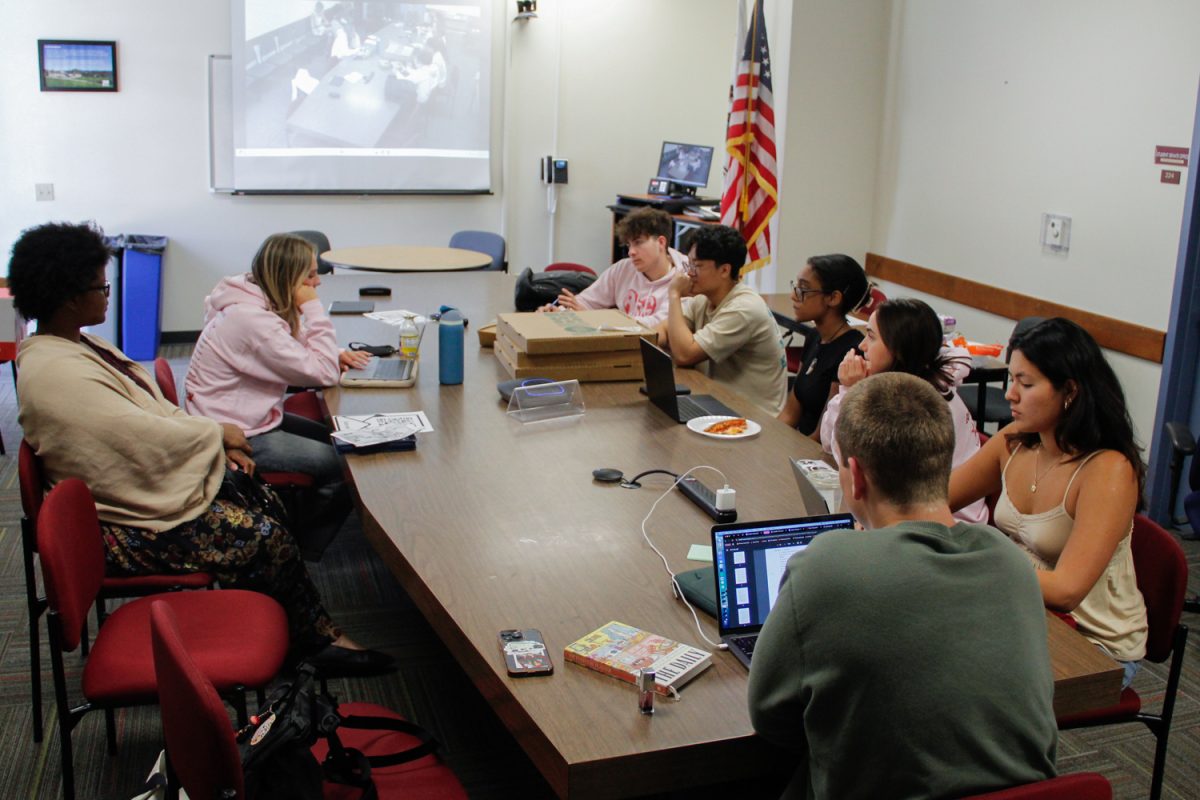Throughout Santa Barbara, the images are pervasive. A floating mechanism that keeps debris from spilling over Gibraltar Road has taken damage. The roads leading up to the dam are now closed due to trees and landslides impeding road access.
All of this is a result from the winter storms from the last couple of months.
According to Geordie Armstrong, a weather and climate instructor at City College, Santa Barbara is not built to sustain the sea level rise that is expected in the next couple of decades, which will cause more flooding.
Armstrong also shared what could be in store for the town.
“We will likely see the disappearance of our lower parking lots, stadium, baseball and tennis courts, and we will see State street from the pier to at least Haley street under water,” she said.
Armstrong has been teaching at City College since 2008 and she currently teaches six geography focused classes.
The professor added her own perspective on the recent climate and why it has affected us so much since the start of the year.
“Because we have paved over so much of our soil we see an increase in runoff which means more flooding in certain areas,” she said. “We see this weather because of increased temperature in the atmosphere, and the issues will be the most marginalized people will be most impacted by flooding, inability to rebuild after flooding, and health hazards that come from urban flooding.”
After officials evaluated the damage, the city offered multiple ways of supporting people that fled their homes due to flooding.
The Santa Barbara County Twitter sent out evacuation information shortly after the storms, urging people to leave their homes as soon as possible and to stay out of the area. Information on shelters and resources was also offered for any upcoming downpours.
Dakota Corey, water supply and services manager, explained that the city had emergency response protocols in place and sent out warnings beforehand.
“Our Public Works Department staff were prepared for 24 hour storm response ahead of the storm reaching Santa Barbara,” Corey said.
The city has also taken some safety measures due to all of the water the storm brought in. Corey disclosed that the city was able to turn off its groundwater wells and let the basins recharge with storm water, a process that can take five years or more.
“Also, the allocation on the State Water Project, which is one of the City’s water sources, was increased from 5% (a record low) to 75%,” Corey explained.
The State Water Project is a water storage and delivery system that extends to two-thirds of Southern California, bringing water to farmland and residents.
The reservoir that provides water for most of Santa Barbara and Lake Cachuma was at maximum capacity, coming close to spilling over, according to the Flood Control District.
“Now, all of the reservoirs are full and the City has enough water to meet its needs for at least the next 3 years even if drought conditions come right back and the next several winters are dry,” Corey said.
However, she does not believe that this is an invitation to stop saving water.
“In terms of water conservation, with climate change, California’s already unpredictable precipitation patterns have become even more unpredictable,” the manager said. “Another drought is potentially always right around the corner in California, so it’s important to always use our water resources efficiently to stretch supplies through the next drought.”
She further explained how there was a plan to implement mandatory water conservation starting in the spring of 2023 if water supplies were still scarce in 2025.
Similarly to Corey, Armstrong urges people to conserve water.
“The issue isn’t just how much water is falling, it’s how we use that water,” she said.
Corey and Armstrong agreed that the students and citizens of Santa Barbara should be looking forward to changes, as well as signing up for emergency notifications and following recommendations regarding future storm emergencies.
Correction: April 17
An earlier version of this story referred to Dakota Corey with the wrong pronouns. The Channels regrets this error.


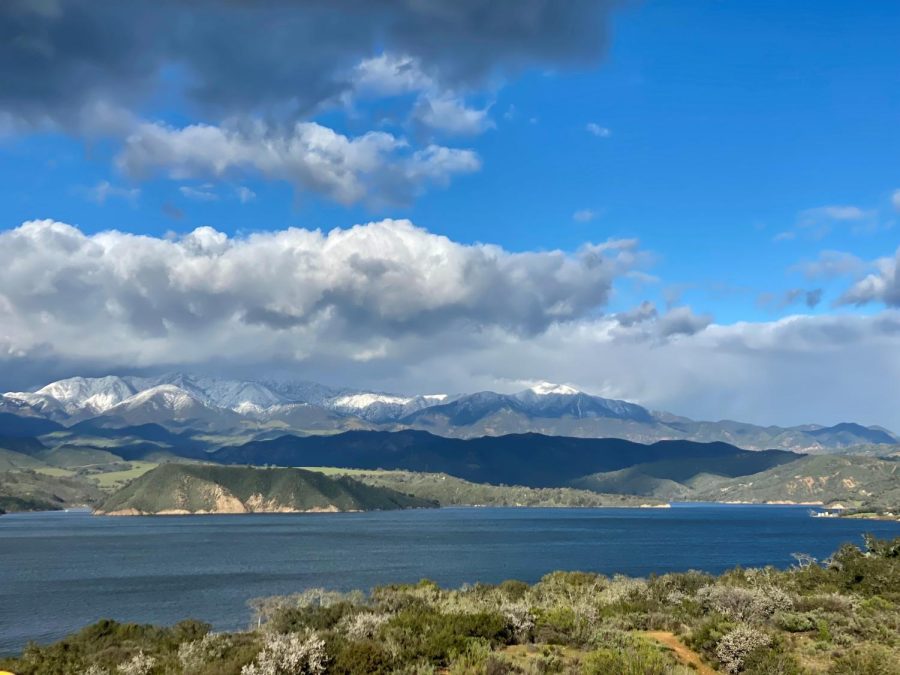
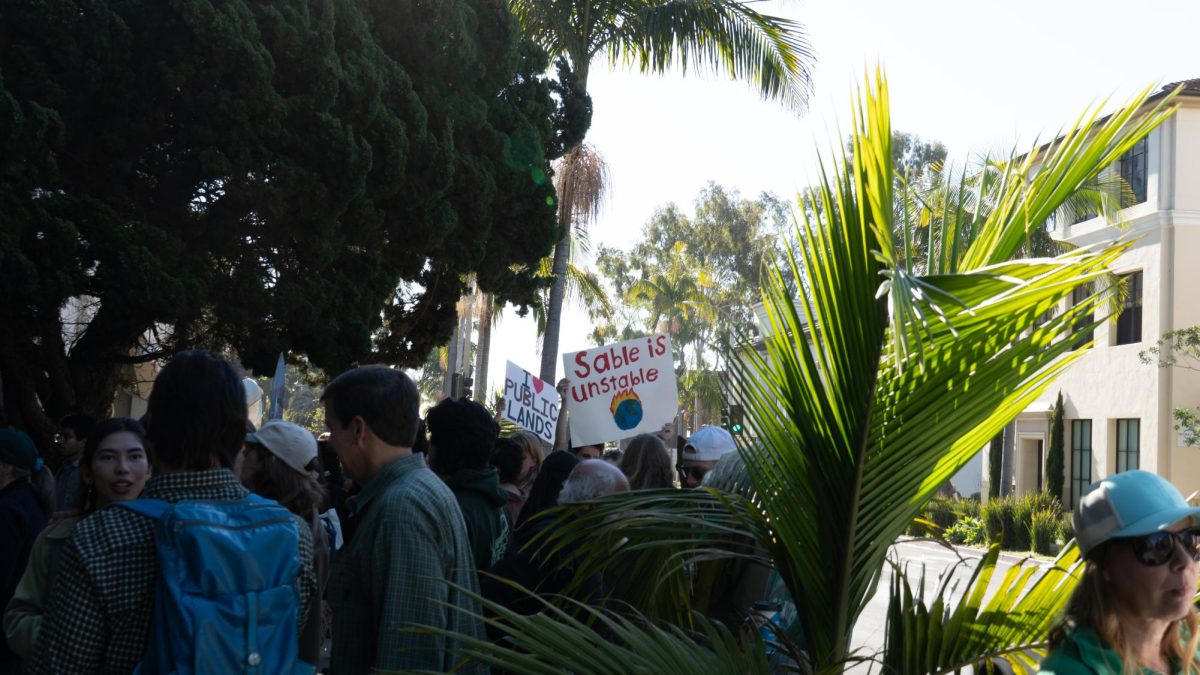

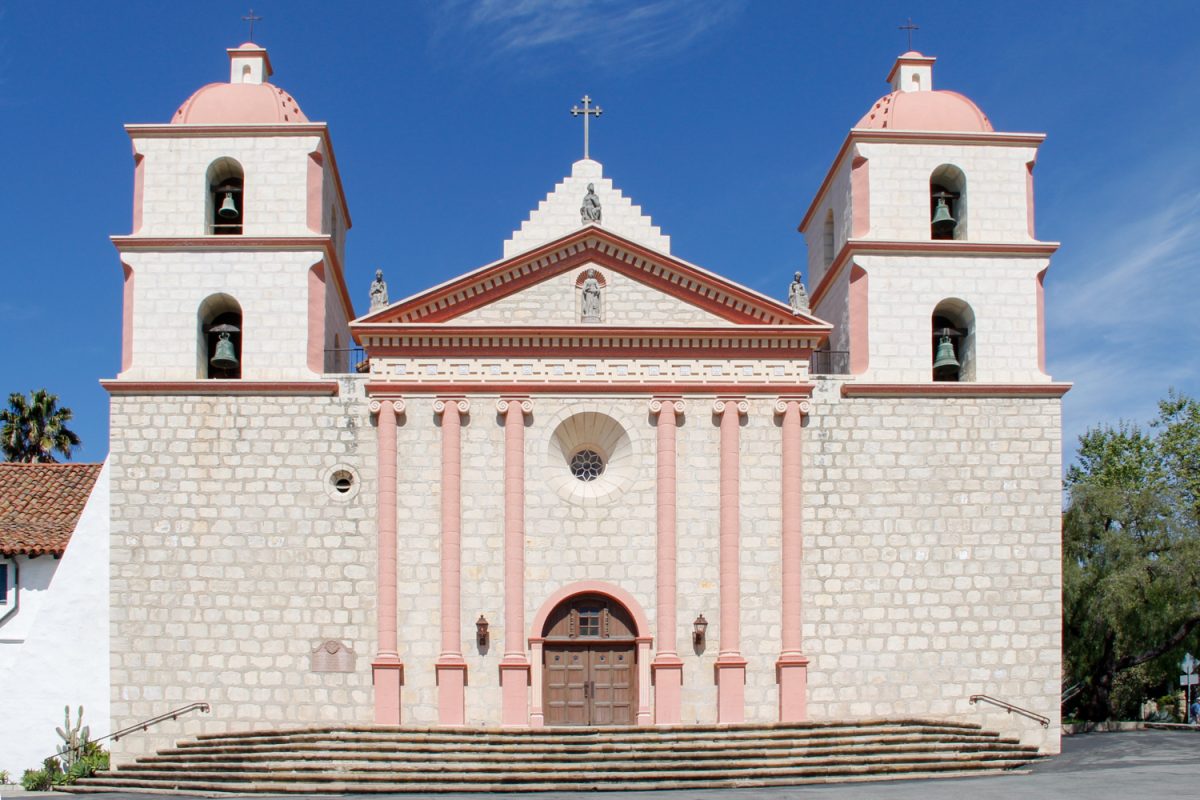
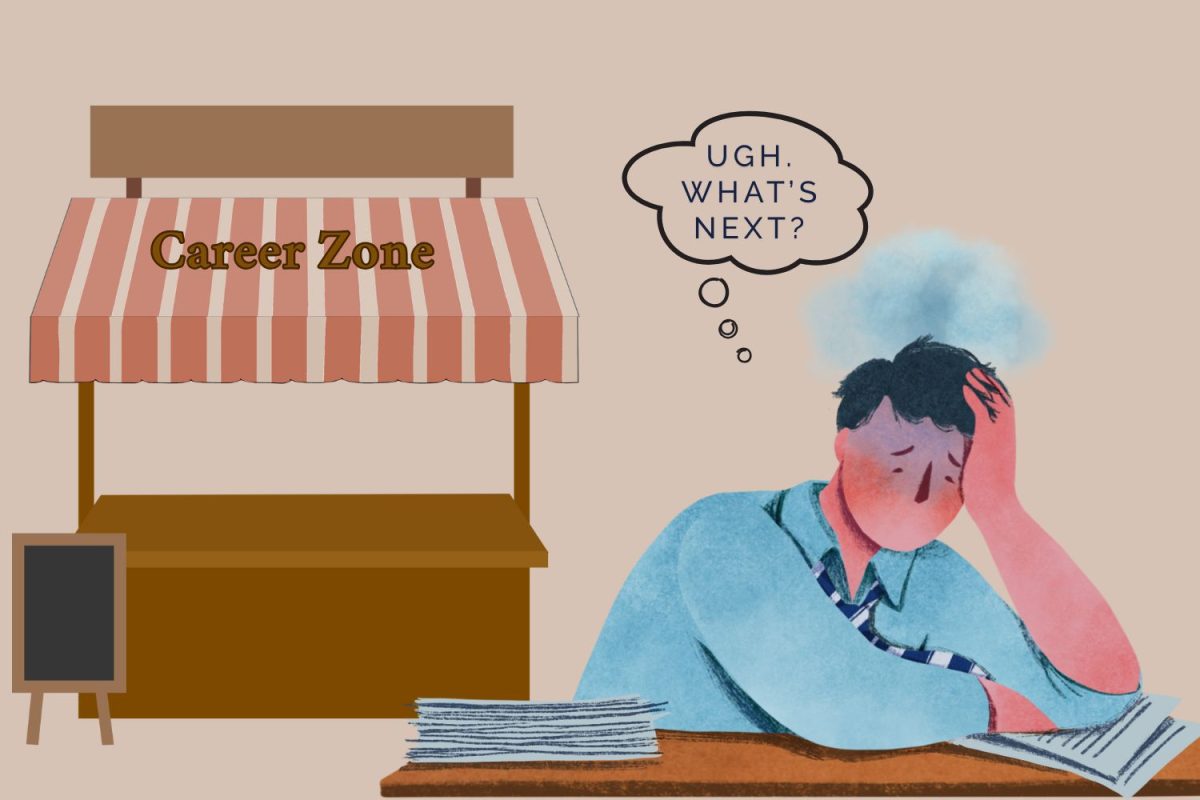





![Ken Watts uses the cable chest press machine on April 9 in Santa Barbara, Calif. "[What] people value the most in personal training is accountability," Watts said.](https://www.thechannels.org/wp-content/uploads/2025/04/MGSWatts-3-1200x800.jpg)

